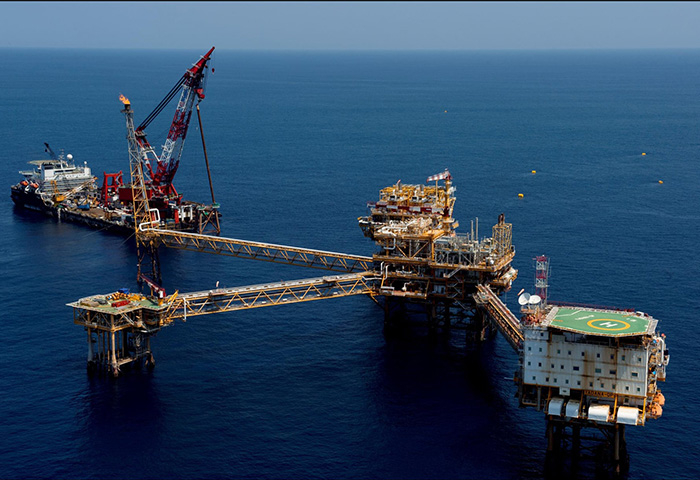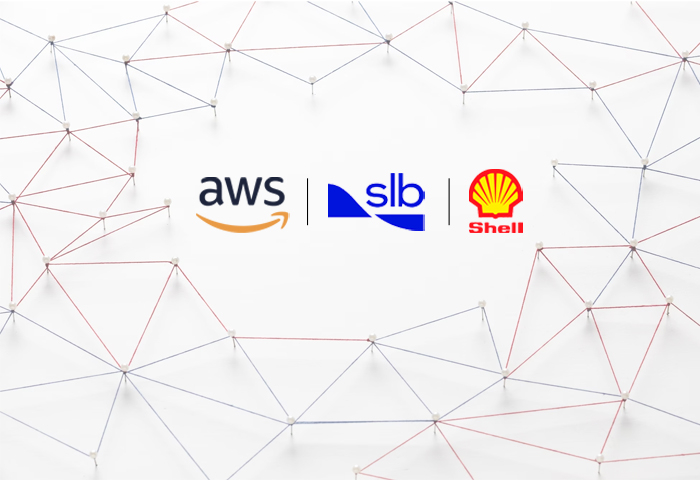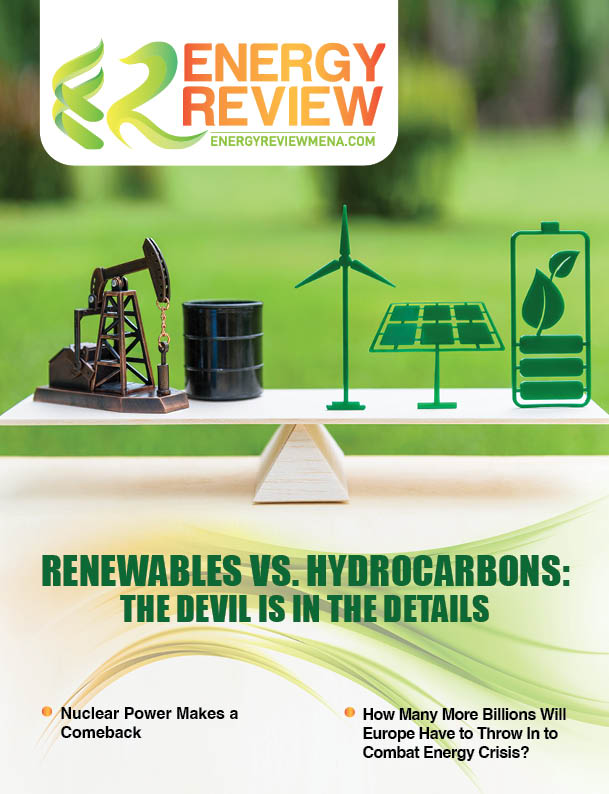Rising inflation and borrowing costs, Russia’s invasion of Ukraine, supply chain problems and policy ambiguity are all holding back new investment in upstream oil and gas at a time when the world needs it most, the Secretary General of the International Energy Forum (IEF), Joseph McMonigle has said.
McMonigle provided a mid-year assessment of the investment crisis following the publication of the IEF’s Oil and Gas Investment Outlook with IHS Markit last December, which found that investment in 2020 and 2021 was about 25% below pre-pandemic levels.
The December report had highlighted that oil and gas upstream investment would have to increase and be sustained at pre-COVID levels of $525 billion through 2030 to ensure market balance.
However, McMonigle has pointed to recent events such as Russia’s invasion of Ukraine, inflation, supply chain disruptions, and labor shortages as increasing the likelihood that the shortfall would persist. Since December, the hurdles for meeting investment targets and securing future supply have only moved higher and become more difficult to reach.
The IEF has issued an updated assessment of the following new factors exacerbating the investment crisis:
Rising inflation
In December 2021, when the report was released, the World Economy Weighted Inflation index was approximately 5.5% year-on-year, in May 2022 it was over 8.5%. The continued and increasing surge in inflation is both a shock to the global economy and to the oil and gas sector.
Continued above-normal inflation means future capex must increase at a similar rate year-on-year at least to keep pace. Projects which had previously received a final investment decision at some point last two years now face rapidly increasing costs, and projects which had been on the verge of a final investment decision will likely be re-evaluated.
High borrowing costs
The December report highlighted the rising cost of capital from elevated long-term regulatory risk as a major hurdle to investment. In the battle against inflation, monetary tightening is compounding the already rising cost of capital. The oil and gas sector has historically relied heavily on debt to help finance Capex. Oil and gas projects are front-heavy with costs, while revenue comes later. To tackle the current inflation, the US Federal Reserve has raised the target range for the federal funds rate by 75 basis points to 1.50-1.75%. A further rise of 50 or 75 basis points is expected in July, bringing the total increase for this year to 2.00-2.25 percentage points. Higher interest rates will increase the overall cost of a project financed from debt and could cause delays or deter investment in new projects.
Also Read: 'Important' Gas Deposit Discovered in Algeria’s Hassi R'mel Fie
Sanctions in Russia
Of the $525 billion of estimated required investment, Russia and the Caspian region represented 8.5%, or $45 billion in 2030.
Multiple major oil and gas companies have announced complete withdrawals from Russia, and some have announced no new investment in Russian oil and gas production going forward. Without continued investment, decline rates on oil and gas fields will accelerate.
This places more emphasis on the need to increase oil and gas investment outside Russia, to both compensate for the lack of production growth that was expected from Russia, as well as to offset increasing decline rates in Russian production.
Delays in global supply chains
Global supply chains are still experiencing long delays, due to lingering effects of the COVID pandemic, lockdowns, and a resurgent global economy.
Oil and natural gas projects source materials and parts from around the globe, from steel to microchips. Delayed projects and completions are adding to the overall cost of a project – all of which result in the need for increase investment.
Oil and gas companies, particularly in the United States, are also reporting difficulties in acquiring needed materials such as steel drill pipe, sand used in hydraulic fracturing, and labor shortages. The cost of fracking sand in the US has tripled in the past year and steel and cement prices have increased by more than 40%.
Policy Uncertainty
Investment decisions need to be made today during a period of extraordinary uncertainty and change in both geopolitics and energy policy. Some proposed policies to respond to high energy prices include windfall taxes, regulations, and restrictions – all of which make investment decisions more difficult and/or less likely.
"At a time when the global energy crisis calls for more supply, underinvestment in hydrocarbons will be the main reason for supply shortages, higher prices and volatility for the foreseeable future." McMonigle added that 2022 was on track to mark a third consecutive year of spending shortfalls compared to 2019.
He implied that new investment in upstream oil and gas was not in contradiction with efforts to eliminate carbon dioxide emissions, but badly needed to maintain economic stability as policy makers manage a long-term transition to net zero. He also encouraged governments to invest in decarbonization technologies such as carbon capture and hydrogen.
"We must continue to advance the energy transition while investing in hydrocarbons to power the global economy. But I am concerned that we will lose public support for energy transitions if the public associates higher energy prices and climate policies. We must manage the transition carefully, because we cannot afford a setback in climate progress," he added.
Also read: ‘Green Hydrogen Will Be More Competitive and Widely Used Globally’









